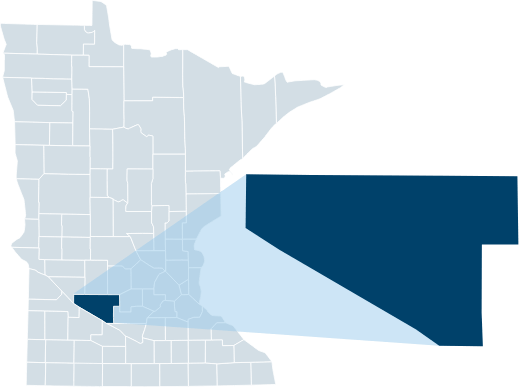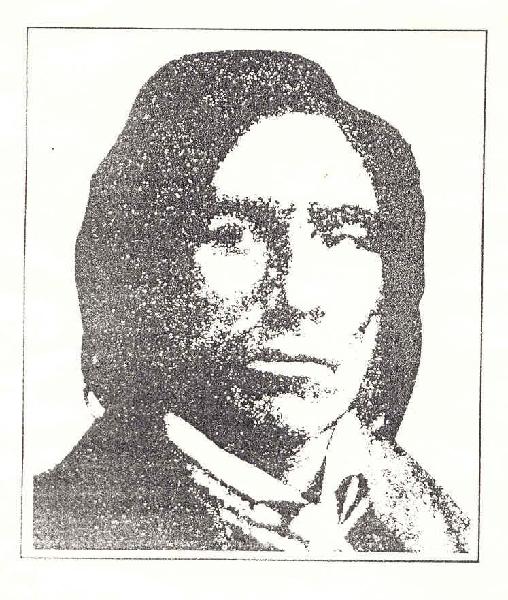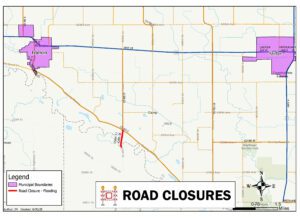
Renville County is located in Southern Minnesota.
The County of Renville is named in honor of Joseph Renville who formed the county in 1855. Renville County has a total area of 979 square miles and a population of 14,525 according to the 2022 U.S. Census. Five commissioners represent the five districts, 27 townships, and 10 cities within the county.
Renville County’s mission is to keep and enhance the quality of life for our family of citizens through services, stewardship of resources, and shared responsibility.
There are 10 cities within Renville County’s borders:
Renville County History:
Renville County was established in 1855 by an act of the Minnesota Legislature. The first county election was held in 1862 but the records were lost during the US Dakota conflict. These election results were not filed with the State and no action was taken by the Legislature to declare Renville County an organized county. Finally in 1866 the County was declared organized and the second election was held. During this election the offices of Auditor, Register of Deeds, Treasurer, Sheriff, Judge of Probate, Clerk of District Court, Surveyor, Coroner and County Commissioners were filled.

Joseph Renville Story:
Renville County was named for Joseph Renville Jr. The Renville family had immigrated from France to the Quebec area circa 1655. Joseph Renville Sr. was part of a Canadian brigade that canoed from the St. Lawrence River through the great lakes to the upper branches of the Mississippi River and then downstream to the Indian Village, Kaposia. The village was located south of St. Paul, at the confluence of the Mississippi and Minnesota Rivers. Joseph Renville Jr. was born in 1779 to Joseph Renville (Rainville) Senior and a Dakota woman of the Kaposia band at the Trempealeau Mountain on the Mississippi River. Renville Jr. was raised in the Indian village until the age of ten. Renville Sr. then traveled with Renville Jr. to the French Canadian Territory where he was placed in the care of a Catholic priest to receive an education. Renville Jr. returned to the Dakota area about six years later after his father died.
Renville Jr. was very much in demand as an interpreter, voyageur, and was hired by a British officer to be a fur trader. He was identified as a brave by the Dakota people and he purchased a wife of the royal Sioux family of Little Crow. During the war of 1812, he enlisted and became an officer of the British army and led members of the Sioux tribe. In 1822, after the defeat of the British, Renville pursued fur trading and established the Columbia Fur Company. The company was later sold to the American Fur Company of New York. The director, John Astor, of the American Fur Company retained Renville as the “coureur des bois” defined as a woodsman, fur trader, and one who learned the trades and practices of the native people. This new opportunity led Renville and his family to Lac qui Parle, “the Lake that Speaks”, where he established a trading post built inside a stockade on the lower east end of the lake. The stockade became known as Fort Renville. The Congressional Act of 1816 regulated trade with American Indians and required that traders had to be U.S. citizens, so Renville became a citizen.
Fort Renville included living quarters for Renville and his family along with housing for people known as Renville’s soldiers. The enclosed area was also home to sheep, a herd of cattle and several horses. He introduced farming practices to the local residents such as the planting of small grains and the cultivation of corn which kept them from starving. In 1835, Renville met Rev. T.S. Williamson, who was looking for a spot to begin a mission. Williamson accepted an offer from Renville that resulted in the founding of the Lac qui Parle Sioux Mission. This relationship led to the translation of portions of the bible and hymns from French to the Sioux language, which in turn was used at the Mission for weekly services. Joseph Renville Jr. died in 1846 after becoming ill with influenza. Renville is remembered for his many contributions as a community leader, family man, business leader, fur trader, translator, and his hospitality for Minnesota and especially Southwestern Minnesota citizens.


